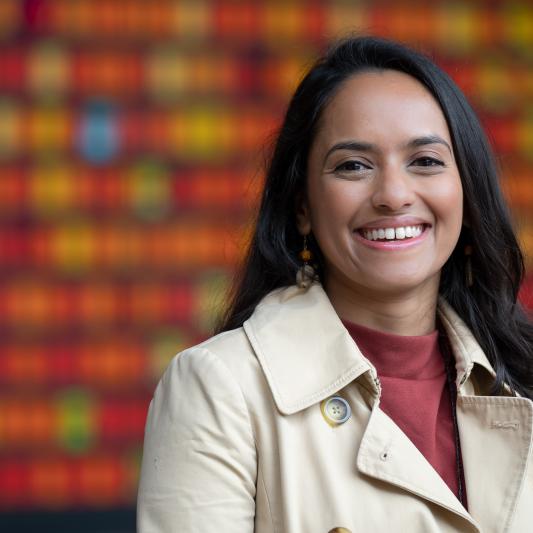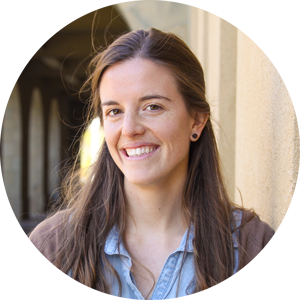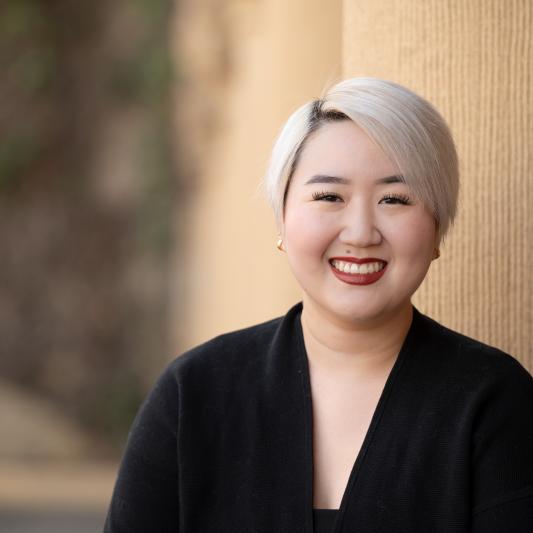Program Information
All DAPS students are expected to achieve knowledge and expertise in several substantive domains of developmental and psychological theory and research methodology. Students and faculty in DAPS work collaboratively throughout the program to develop their course of study as well as research and training experiences.
Course content
With their faculty advisors, DAPS students build a graduate study plan that will give them a strong foundation as well as an individual specialization. Students craft their plans to meet their needs. Students select a minimum of four core courses (among 23 offered) designed to provide the theoretical and methodological skills necessary for education research and practice.
DAPS core course content is grouped into four main clusters:
- Cognition and Learning
- Quantitative Methods in Psychology
- Social-Emotional Development and Contextual Influences
- Language and Literacy
Beyond the core, students have flexibility to craft their study plan to suit their goals and specialization.
To learn more about DAPS core courses and content, please visit the Doctoral Handbook for DAPS.
Research and training
The central focus of DAPS research is the psychology of learning, teaching, socialization, and developmental processes. DAPS scholars also research the design of learning environments and technologies.
DAPS students participate in faculty research as a part of the GSE’s apprenticeship model for developing expertise and intellectual leadership. Through guided research participation, students learn to evaluate research methods and scholarly literatures while engaging directly in methods of research beneficial to their careers. Similarly, teaching assistantships prepare doctoral students for future teaching careers.
General timeline for the doctoral degree
Most doctoral students complete their degree in five years. Though there is some variety in how students progress, the general timeline and milestones are as follows:
First year
- Plan program of study
- 11-18 units/quarter, including doctoral and methodology core
- Assist in research and/or teaching
- Milestone: First-year review spring quarter
Second year
- 8-10 units/quarter
- Assist in research and/or teaching
- DAPS Second Year Poster Symposium
- Milestone: Second-year review spring quarter
- Advance to candidacy
Third year
- 8-10 units/quarter
- Assist in research and/or teaching
- Collaborate with advisor on dissertation proposal
Fourth year
- Complete 135 units of residency credit
- Assist in research and/or teaching
- Select reading committee
- Milestone: Complete dissertation proposal hearing
- Apply for TGR status
Fifth year
- Assist in research and/or teaching
- Complete dissertation research and writing
- Milestone: Oral examination
- Milestone: Submission of dissertation
- Graduate!
For more detailed information about program content and progression, please visit the Doctoral Handbook for DAPS.
Other academic opportunities
Doctoral students at the GSE often take advantage of the interdisciplinary nature of the GSE itself as well as opportunities throughout the university to craft their programs toward their learning and professional goals. Here are other fellowships and training opportunities available to DAPS students.
- Stanford Data Science Scholars Fellowship
- Stanford Impact Labs PhD Fellowship
- Stanford Interdisciplinary Graduate Fellowship
- Enhancing Diversity in Graduate Education Doctoral Fellowship
- Research, Action, and Impact through Strategic Engagement Doctoral Fellowship
- GSE Certificate Program in Partnership Research in Education
Student Voices
Learn more about our students’ journeys to the GSE, their experiences as students, and their advice for those considering pursuing doctoral studies.

What you need to know
Admission requirements
To learn more about requirements for admission, please visit the Application Requirements page.
Financing your education
To learn more about the cost of the program and options for financial support, please visit Financing Your Doctoral Degree on the admissions website.
Contact admissions
For admissions webinars and to connect with the admission office, see our Connect and Visit page.


